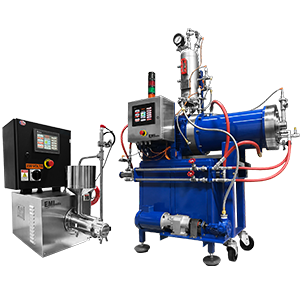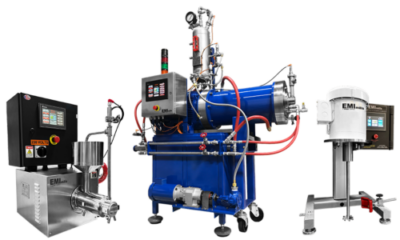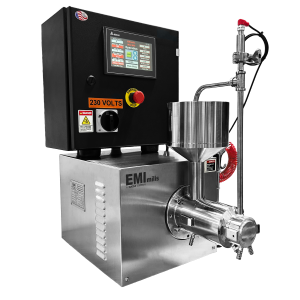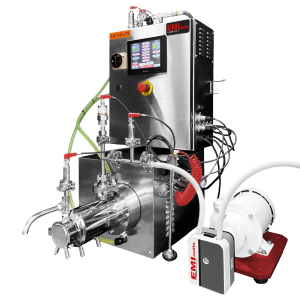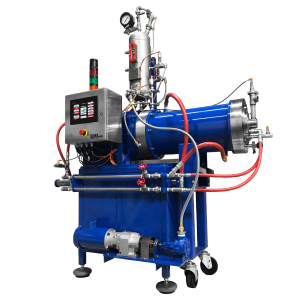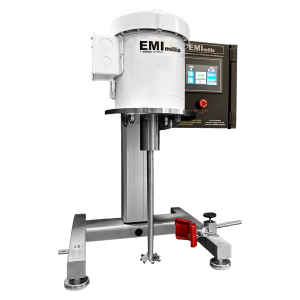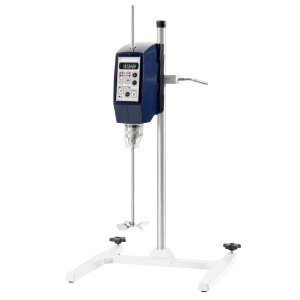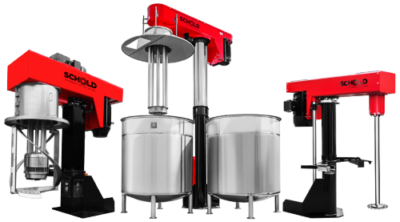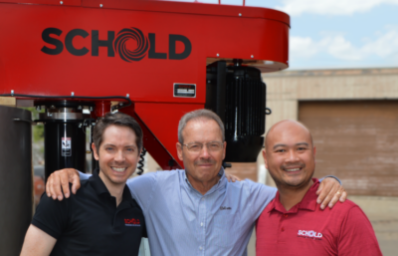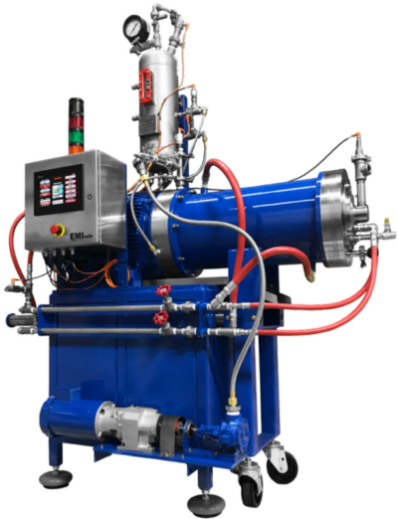Full-Service Support
Trusted Companies Using EMI Media Mills and Lab Mixers:






Media Milling and Lab Mixing FAQs
What is media milling, and how does it work?
Media milling, or bead milling, uses high-energy grinding media (beads) to break down particles into fine or nano-scale dispersions. The media creates shear and impact forces that reduce agglomerates and ensure uniform particle size distribution.
How do I choose the right EMI Mill for my application?
The right media mill depends on batch size, desired particle size, product viscosity, and material sensitivity. We offer:
- The Mini Mill for lab-scale R&D
- The Pilot Mill for process development and small production runs
- The Production Mill for high-volume continuous processing
Our parent company SCHOLD provides additional milling options including the Vertical Media Mill and Immersion Mill.
How do I choose the right grinding media for my mill?
Selecting the right grinding media depends on factors like product viscosity, particle size requirements, and material hardness. EMI Mills offers glass, zirconium silica, cerium-stabilized zirconia, yttrium-stabilized zirconia, YTZ, and steel to match various applications.
How do I prevent contamination during media milling?
Using high-purity ceramic grinding media (e.g., YTZ or yttrium-stabilized zirconia) minimizes contamination, especially for applications like pharmaceuticals or electronics. Proper mill cleaning and maintenance also help maintain product purity.
Can media milling achieve nano-particle sizes?
Yes, with the right combination of mill design, media selection, and processing parameters, media mills can produce sub-micron and even nano-scale dispersions.
What is the difference between lab mixers and production mixers?
Lab mixers are designed for small-batch testing, formulation development, and process optimization, while production mixers handle large-scale manufacturing. We offer lab mixers, our parent company SCHOLD provides production mixers and dispersers.
What factors should I consider when choosing a lab mixer?
Key considerations include batch size, viscosity, shear requirements, and the type of mixing action needed (high-speed dispersion, low-shear blending, or milling). Contact us to discuss your application.
How does pre-mixing affect milling efficiency?
Proper pre-mixing ensures a uniform dispersion before milling, reducing processing time and improving particle size consistency. Our lab mixers and SCHOLD industrial mixers provide effective pre-mixing solutions.

